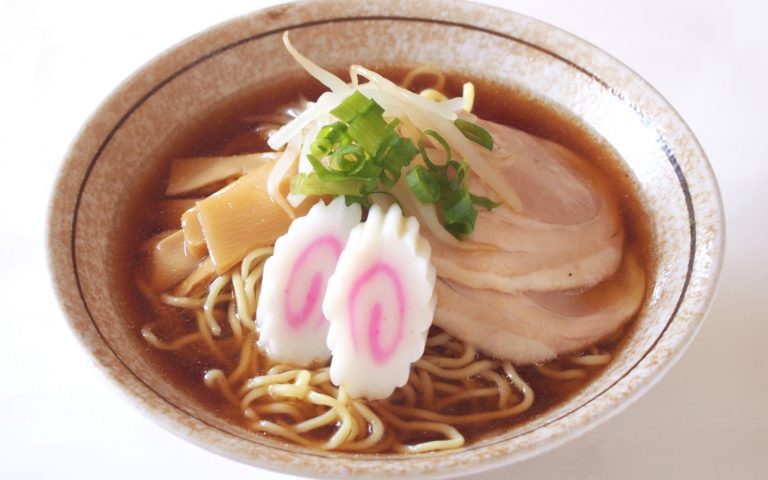
What is Ramen
Ramen is a noodle cuisine of delicious soup with various toppings. Ramen is very very popular among mainly young people and you can find Ramen restaurants everywhere in Tokyo. Each restaurants are particular about their Ramen and have their own feature so Ramen is rich in variety. This page explains main differences of Ramen, toppings, and the way to order Ramen.
Variety of Ramen
Shoyu Ramen (Soy sauce ramen)
It is the most standard Ramen. The soy sauce flavored soup is made from soup stock from pork, chicken, or seafood. It is the basic seasoning of Ramen but the flavor and toppings differ among regions.
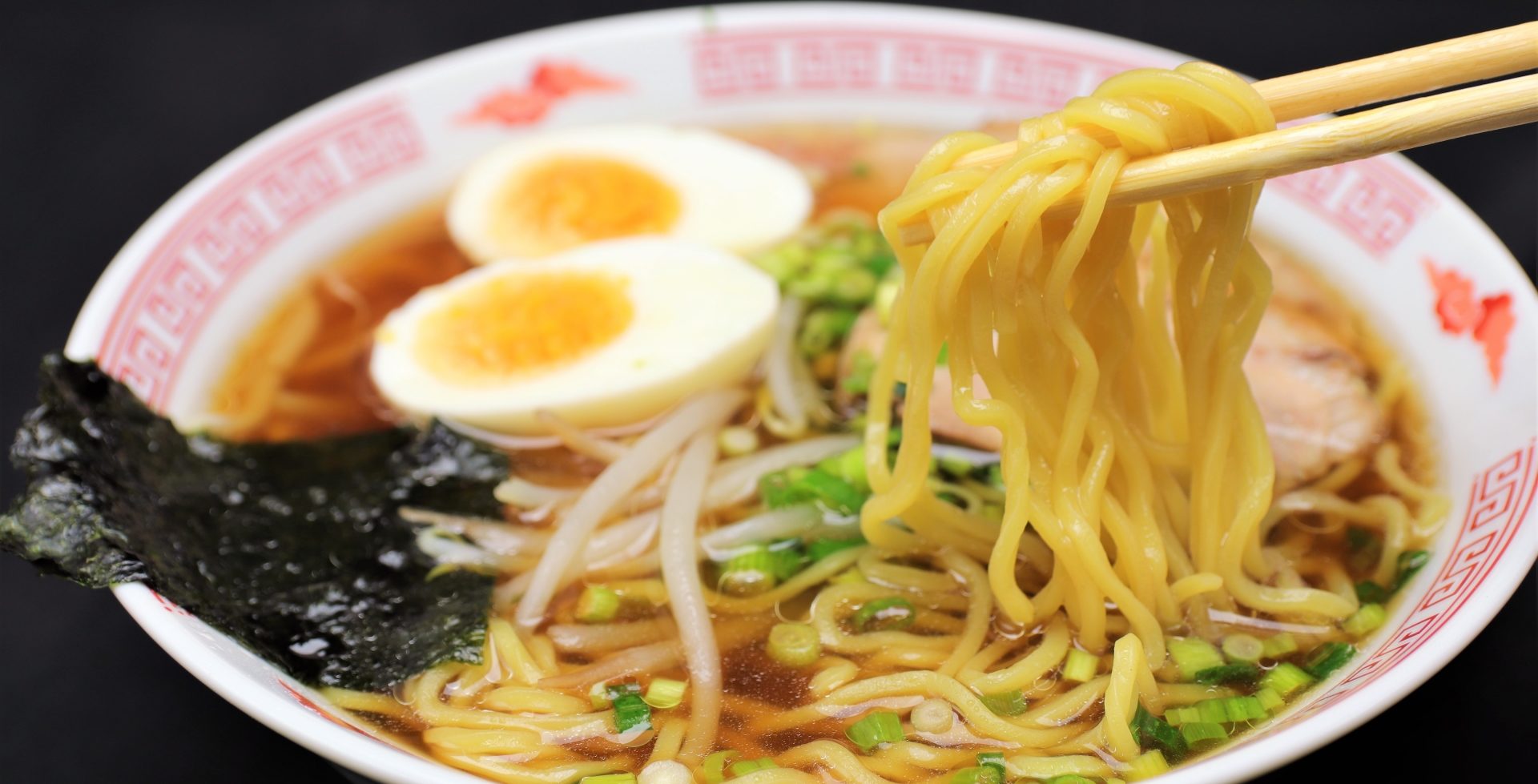
Shio Ramen (Salt flavor Ramen)
It is the light based stock. Unlike soy sauce and miso, salt is not colored so it is usually mixed with transparent stock. The soup is beautifully bright and clear. Salt flavor ramen is popular among women and children because the flavor is not heavy as other soups.
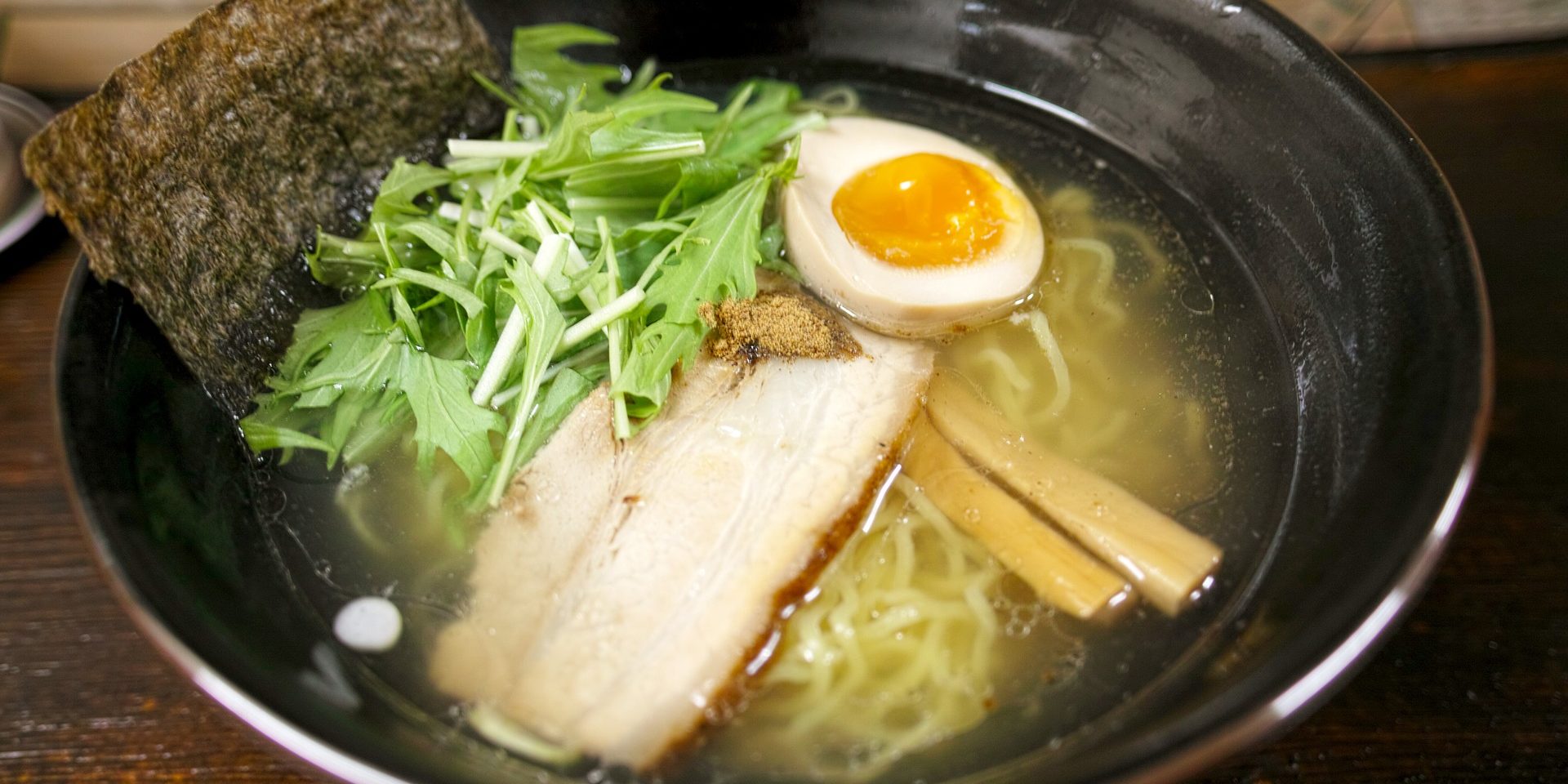
Tonkotsu Ramen (Pork bone Ramen)
Pork bone ramen is familiar to the Kyushu area. Delicious white soup is made by simmering pork bones for a long time and it has a thick taste. At many restaurants, you can refill the noodles which is called “Kaedama” in Japanese. Kaedama is very reasonable.
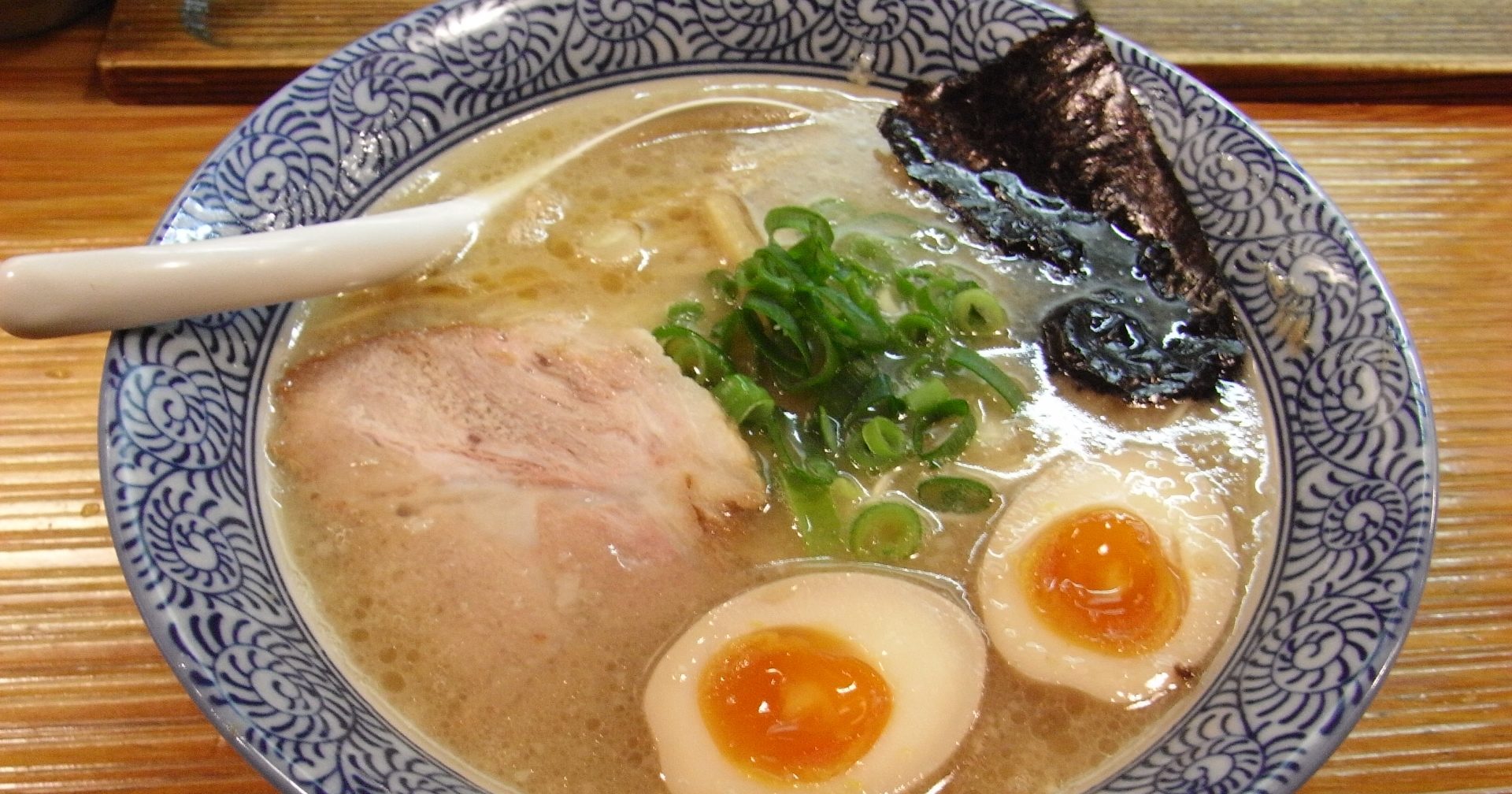
Tori Paitan Ramen (Chicken bone Ramen)
The white soup of chicken bone ramen is made by simmering chicken bones for a long time. It looks like a pork bone ramen but the taste is totally different. The flavor is light and is similar to salt flavored ramen. The stock of chicken, however, enriches the taste of this ramen.

Tsukemen (Dipping noodles)
Tsukemen is served with different bowls of noodles and soup. You grab a bite of noodles and dip them into the soup and slurp. You can make sounds when you slurp noodles in Japan. It is not a bad manner. The noodles and the soup are thicker than usual Ramen.
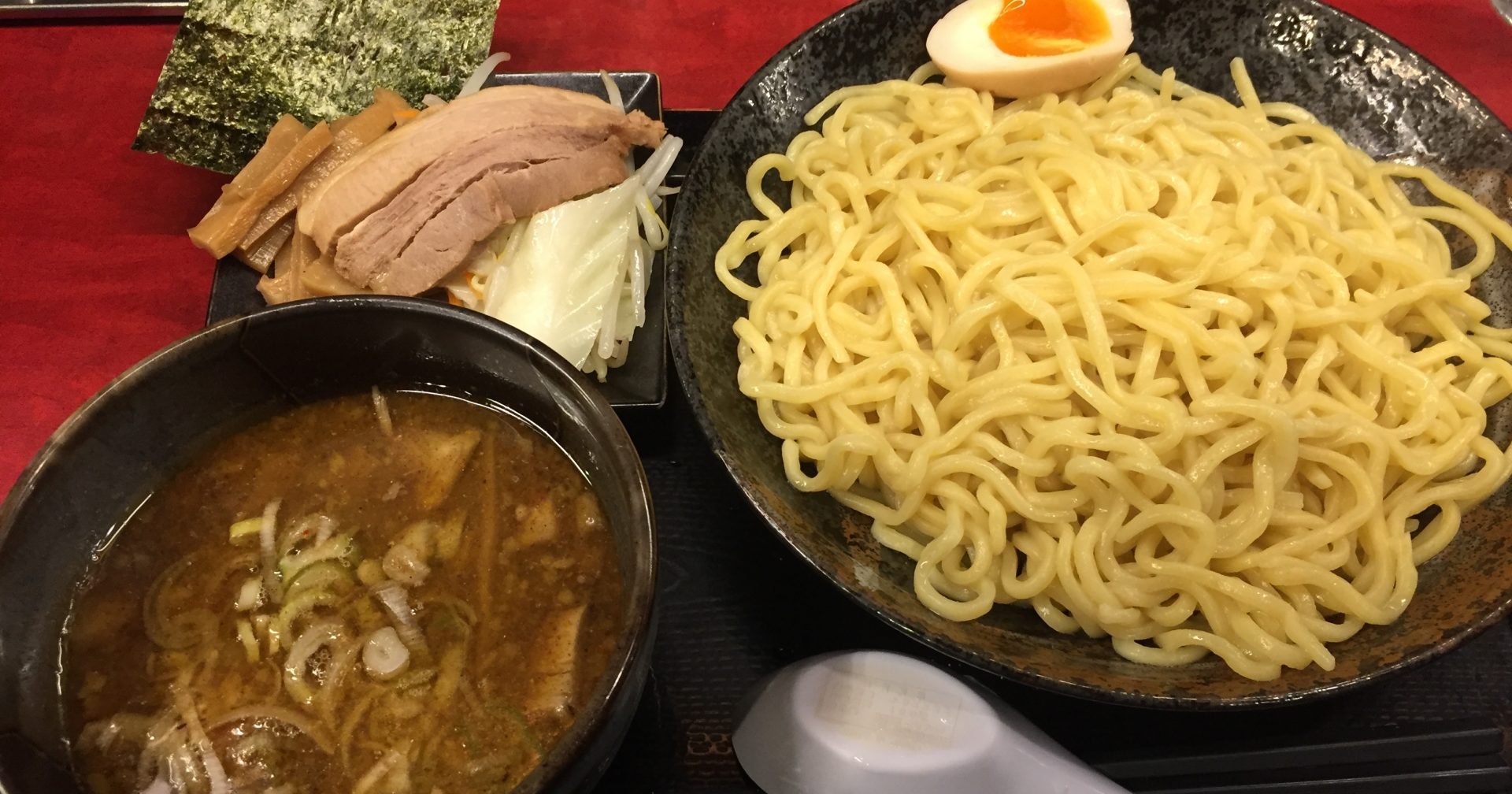
Abura soba (Soupless noodle)
This ramen has a small amount of sauce instead of soup in the bowl. You need to mix very well so the sauce can cover all the noodles. The flavor is very thick so the young and men especially likes this Abura soba.
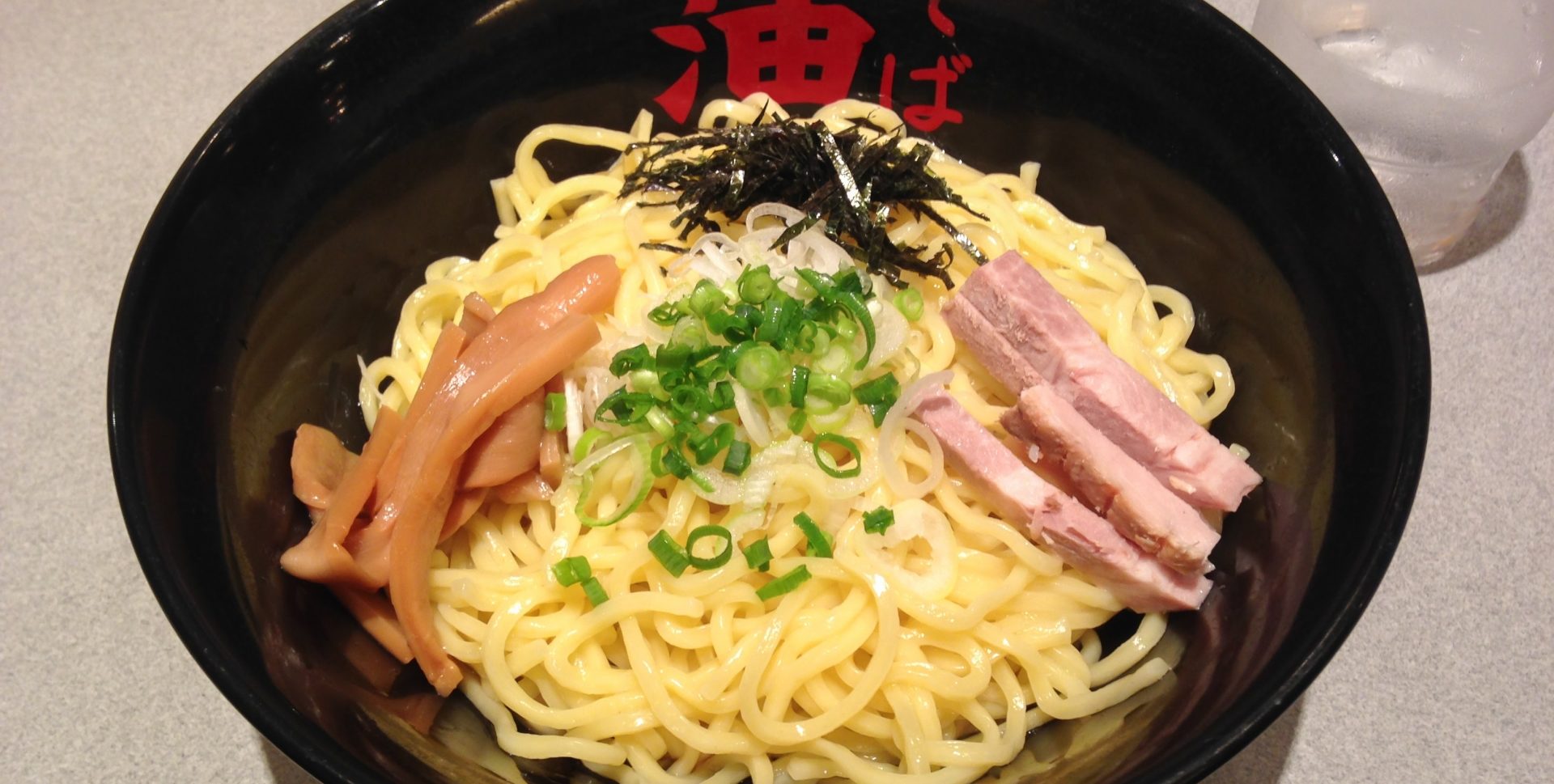
Topping
Ramen is about soup, noodles, and of course toppings. Restaurants care very much about toppings and it differs to each other because they think of it based on their special soups and noodles. Below are main toppings of ramen.
Chashu (Grilled pork)
Fatty slice of grilled and flavored pork is called Chashu. It is one of the major toppings for ramen. Usually pork is grilled but some are chicken or beef. The number, flavor, and thickness change among restaurants so enjoy the differences of them!
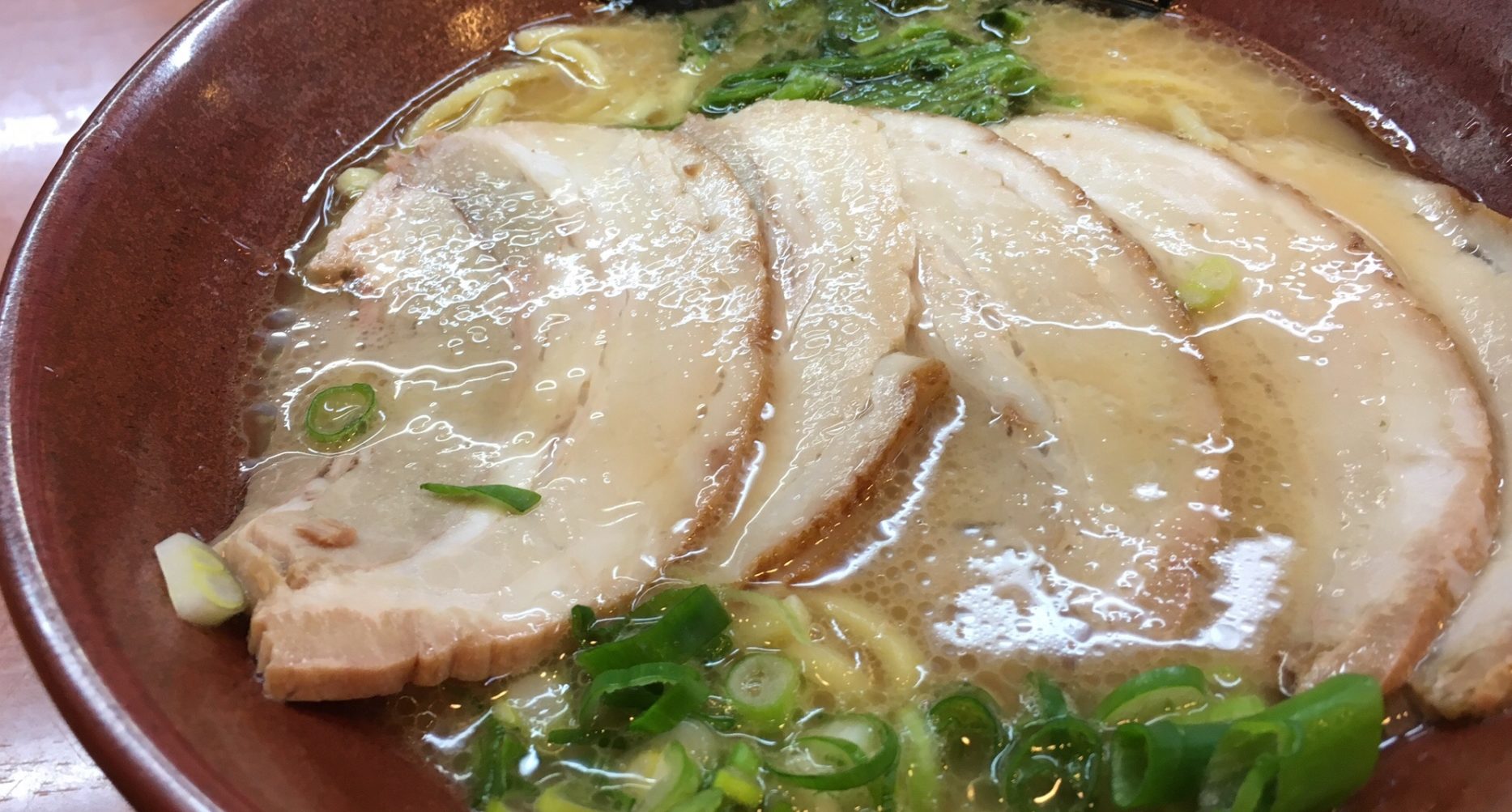
Mennma (Bamboo shoots)
Mennma is a steamed and fermented bamboo which is unique topping for ramen. It is usually thick and chewy. Other than a topping of ramen, mennma is also popular as nibbles of alcohols!
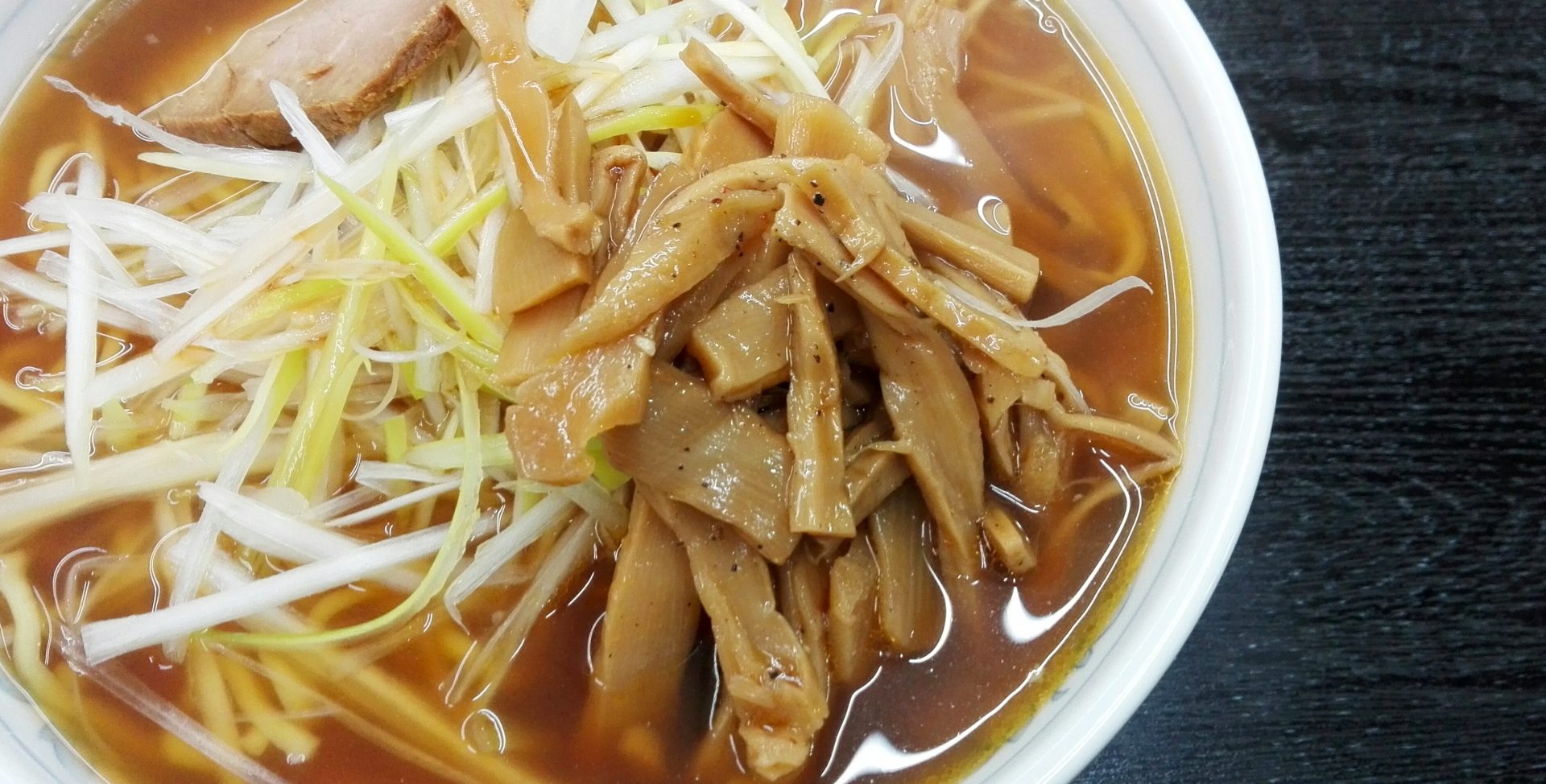
Dried Seaweed
Dried seaweed is a traditional ingredient which is used a lot for sushi in Japan. The taste becomes deep with the mixture of soup and this seaweed.
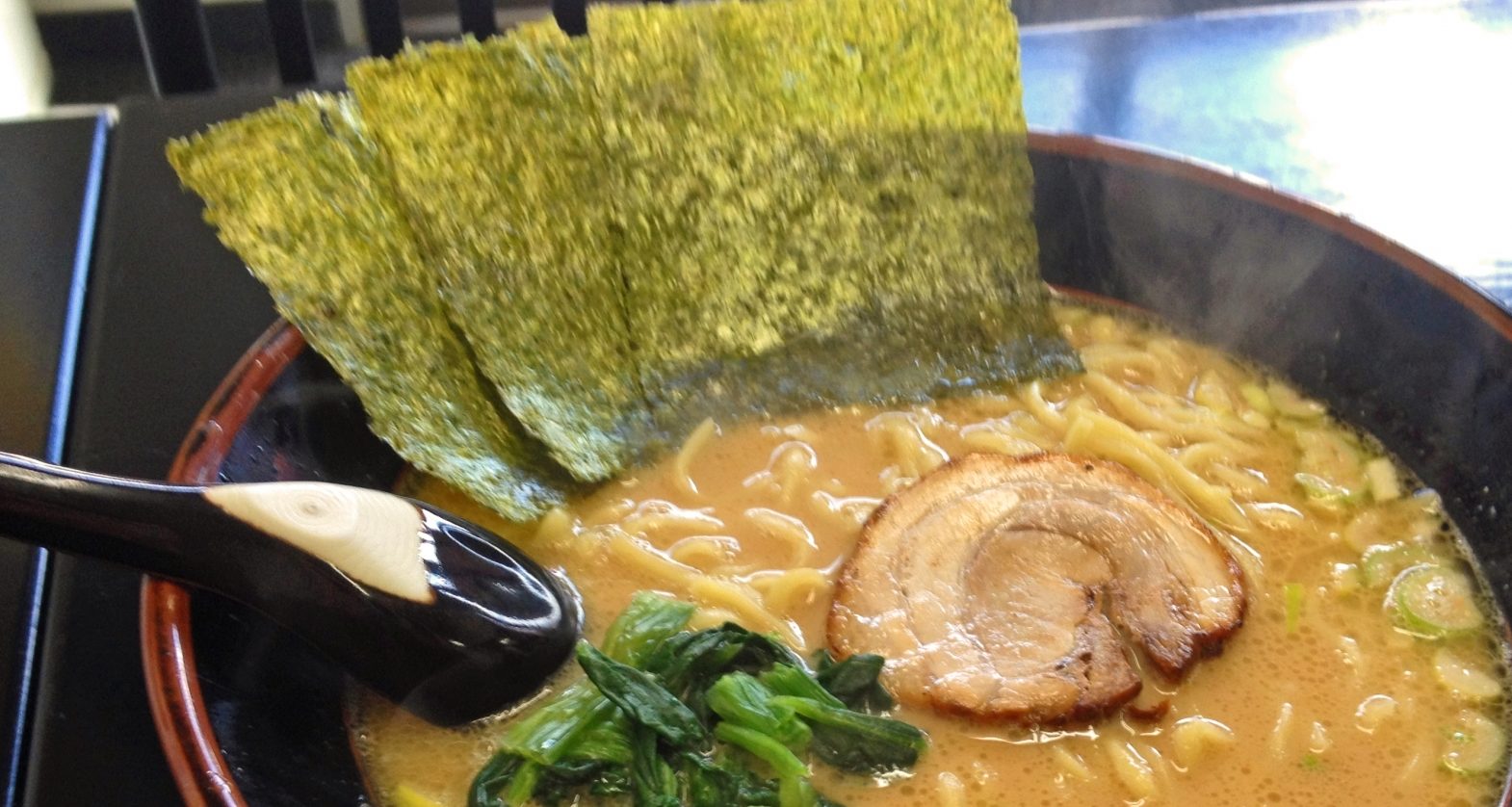
Soft boiled egg
It is boiled marinated egg in sauce. Basically it is additional topping that requires extra payment. Many restaurants make soft boiled egg but some prepare hard boiled eggs so you can enjoy these differences too.
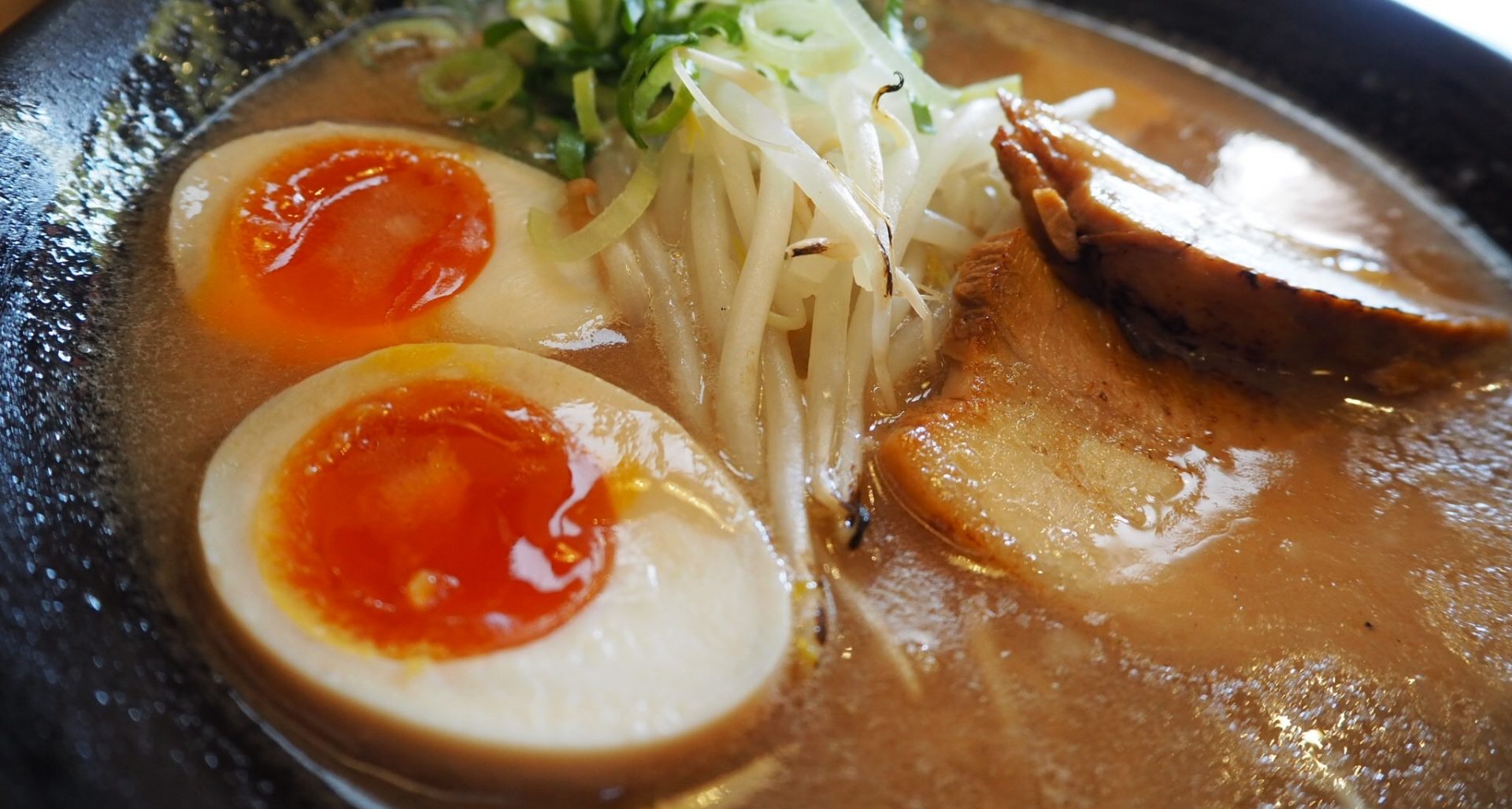
How to order
There are mainly two ways to order ramen at restaurants. One is to order and pay at a ticket vending machine and the other is to order to a staff directly and pay after you ate.
Ticket vending machine
Most of the restaurants have a ticket vending machine recently. It is very easy to use that you put the cash in a machine and push the button of menu you want to eat. You cannot use credit cards and you may not use a high price bill like JPY 10,000. For high price bill, you can ask staffs to exchange it so you can buy at the machine.
Order directly
You need to order directly at many of traditional or suburban restaurants where do not have ticket vending machine. You will choose what you want to eat and order to a staff. Usually the check is after you eat at the legislator.
Summary
As you may know now, there are various types of Ramen in Japan and a number of restaurants are competing. We would like you to try some ramens and compare the tastes of them. You may find the deepness of ramen and each restaurants’ features!
